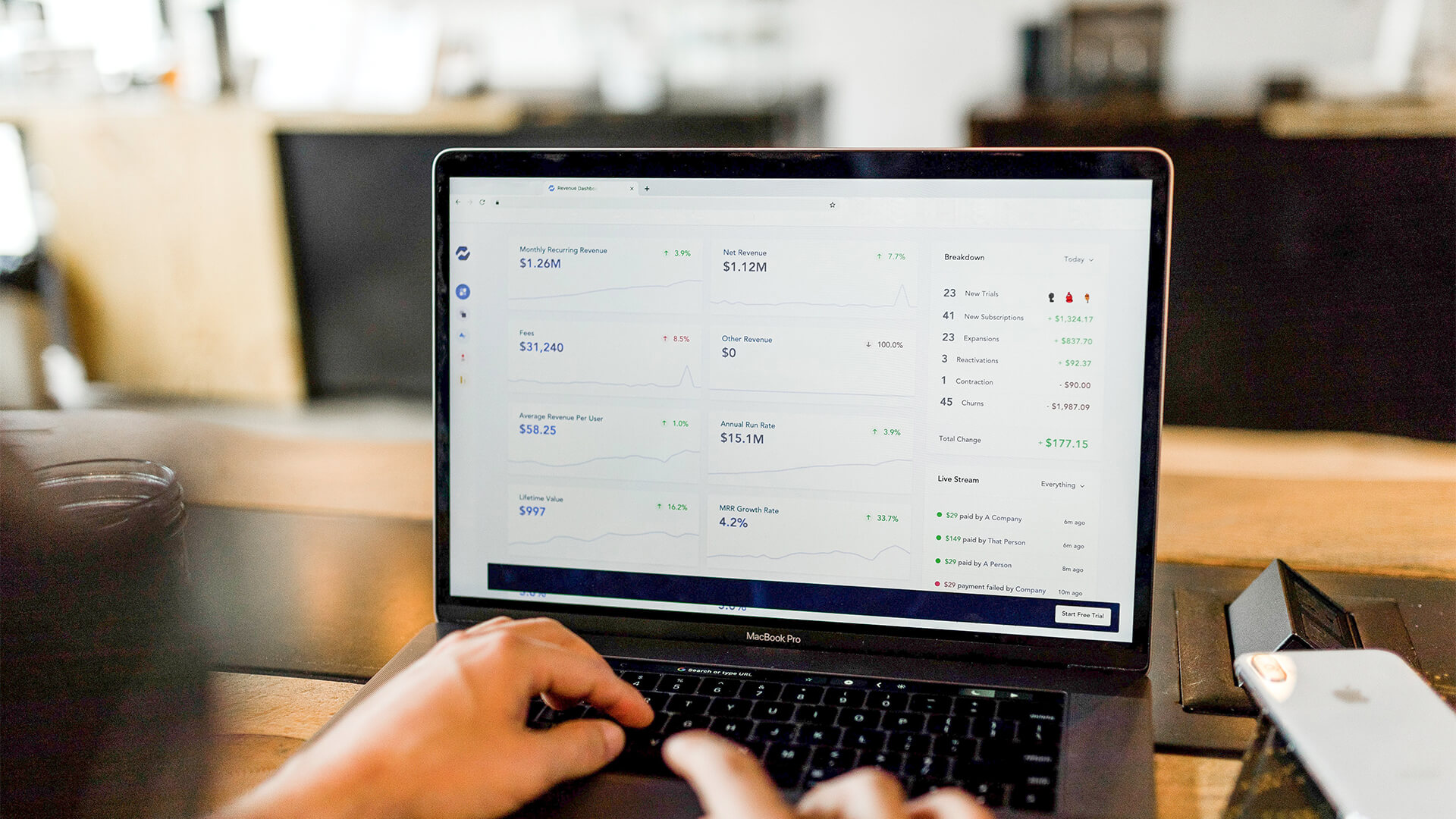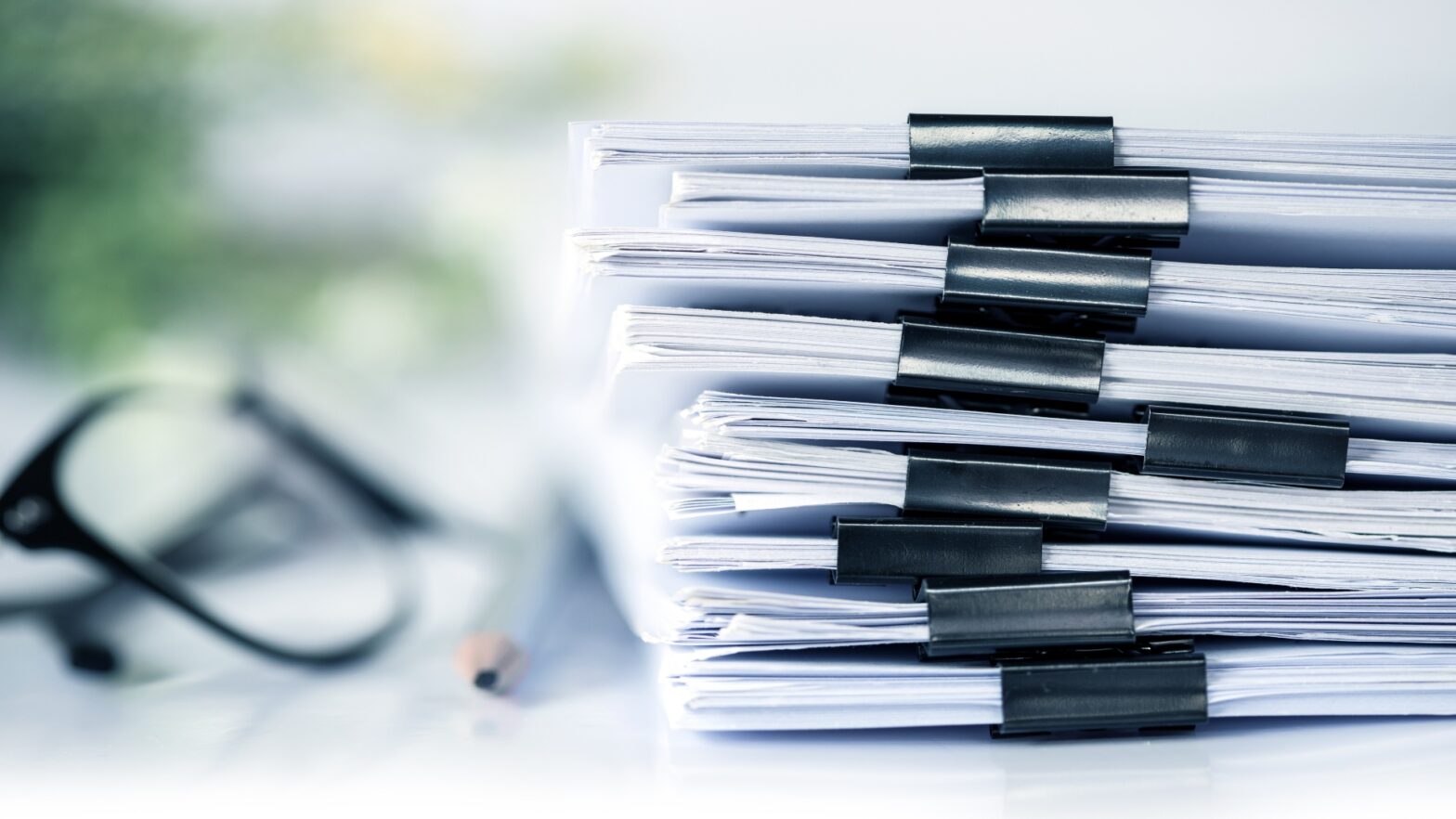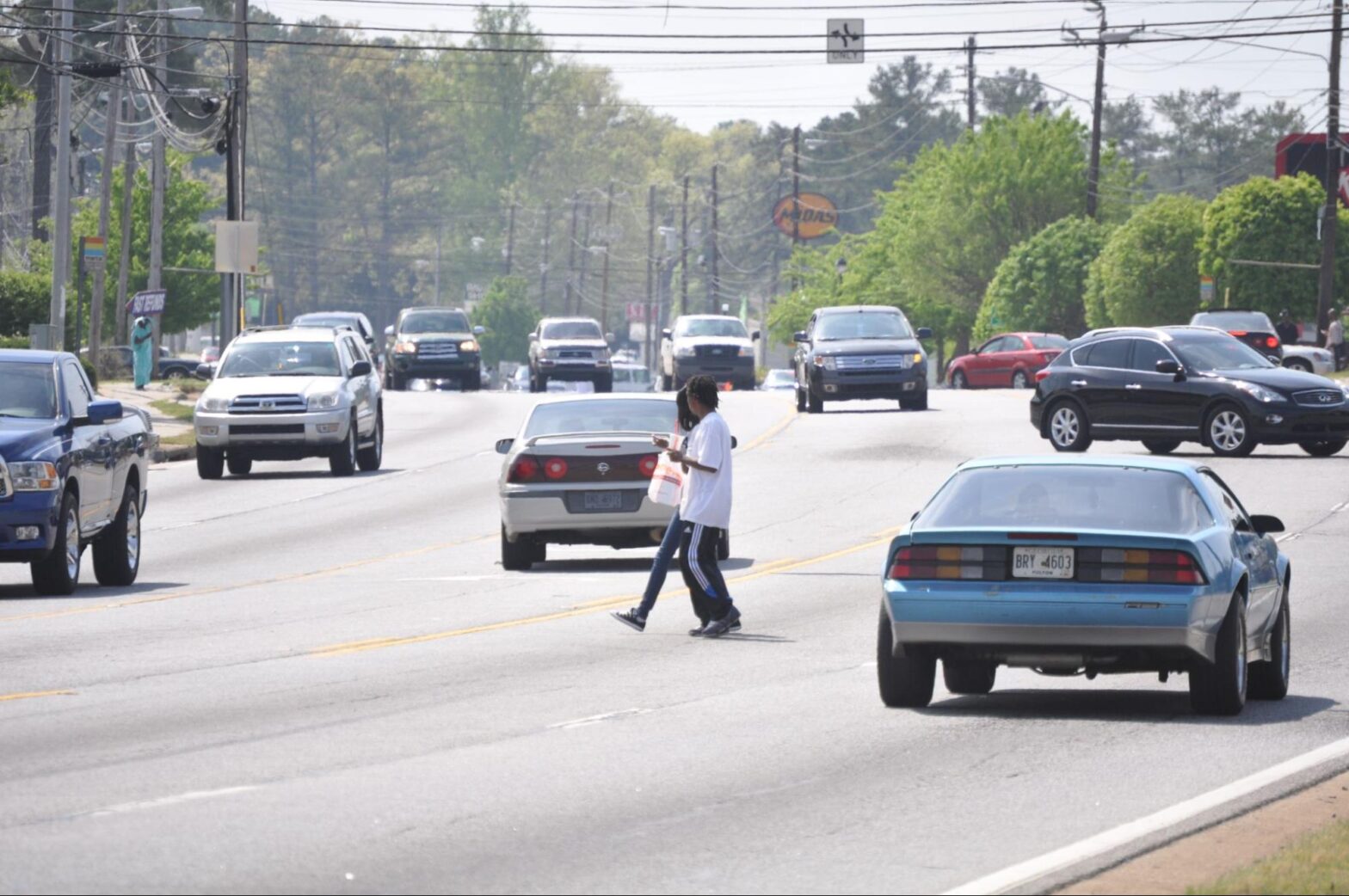
The numbers, which saw the unemployment rate tick up, bring slight relief after January’s hiring surge but also indicate the economy remains hotter than hoped
The United States added more jobs than expected in February — though fewer than the previous month — government data showed Friday, suggesting policymakers have more to do to cool down the world’s biggest economy.
The numbers, which saw the unemployment rate tick up, bring slight relief after January’s hiring surge but also indicate the economy remains hotter than hoped.
Employers added 311,000 jobs last month, down from a revised 504,000 figure in January, the Labor Department said. The jobless rate went up slightly to 3.6 percent, from a low last seen in the late 1960s.
The numbers come days after Federal Reserve Chair Jerome Powell warned that the US central bank is prepared to speed up the pace of its interest rate hikes and could lift rates higher than anticipated if needed to rein in stubborn inflation.
“Today’s job numbers is clear. Our economy is moving in the right direction,” President Joe Biden told reporters on Friday.
He added that with inflation easing, he felt “confident that we’re headed in the right direction” on this front as well.
The Labor Department said “notable job gains occurred in leisure and hospitality, retail trade, government, and health care.”
Meanwhile, employment slipped in the information sector and in transportation and warehousing, the report added.
Average hourly earnings picked up by 0.2 percent to $33.09 in February, with the pace of growth decelerating. From a year ago, earnings were up 4.6 percent.
Potential shift
Asked how to reconcile February’s job growth and rise in unemployment, Treasury Secretary Janet Yellen on Friday pointed to a slight increase in the labor force participation rate.
She noted that the rates for both adult men and women have exceeded their pre-pandemic highs, helping to address supply and demand imbalances in the labor market.
“What we’re seeing here is a continued, very strong labor market, putting Americans back to work,” Yellen said in testimony before the House Ways and Means Committee.
Friday’s numbers suggest the labor market “remains strong with the economy still creating jobs at a rapid pace,” said Rubeela Farooqi, chief US economist at High Frequency Economics.
“But a rise in the unemployment rate and softer wage growth suggest a potential adjustment in conditions,” she added in a note.
Although indicators had suggested the economy might be cooling, after eight Fed rate hikes since early last year to lower inflation, data released last month raised fears that the central bank would have to do more in the coming days.
“A resilient labor market coupled with sticky inflation suggests the Fed will continue to move rates higher over coming meetings,” Farooqi said.
Rate hikes likely
The report will not stop the Fed from hiking interest rates further when policymakers meet later this month, said Ian Shepherdson, chief economist at Pantheon Macroeconomics.
But “it does lower the odds of a 50 basis points increase,” he said.
While he believes a further hike in May is still likely, Shepherdson added that wage growth is “headed to a sustainable pace” and might already be there.
The Fed announced a 25 basis points rate hike in February, tempering its pace after an earlier 50 basis points rise, fueling optimism it was approaching the end of a cycle of rate increases.
The central bank has been closely eyeing the job market, with labor demand exceeding the supply of available workers and companies looking to keep staff they may have struggled to hire during the pandemic.
While unemployment is typically seen to rise as interest rates increase and borrowing costs go up, the jobless rate had hovered at historically low levels in recent months.















